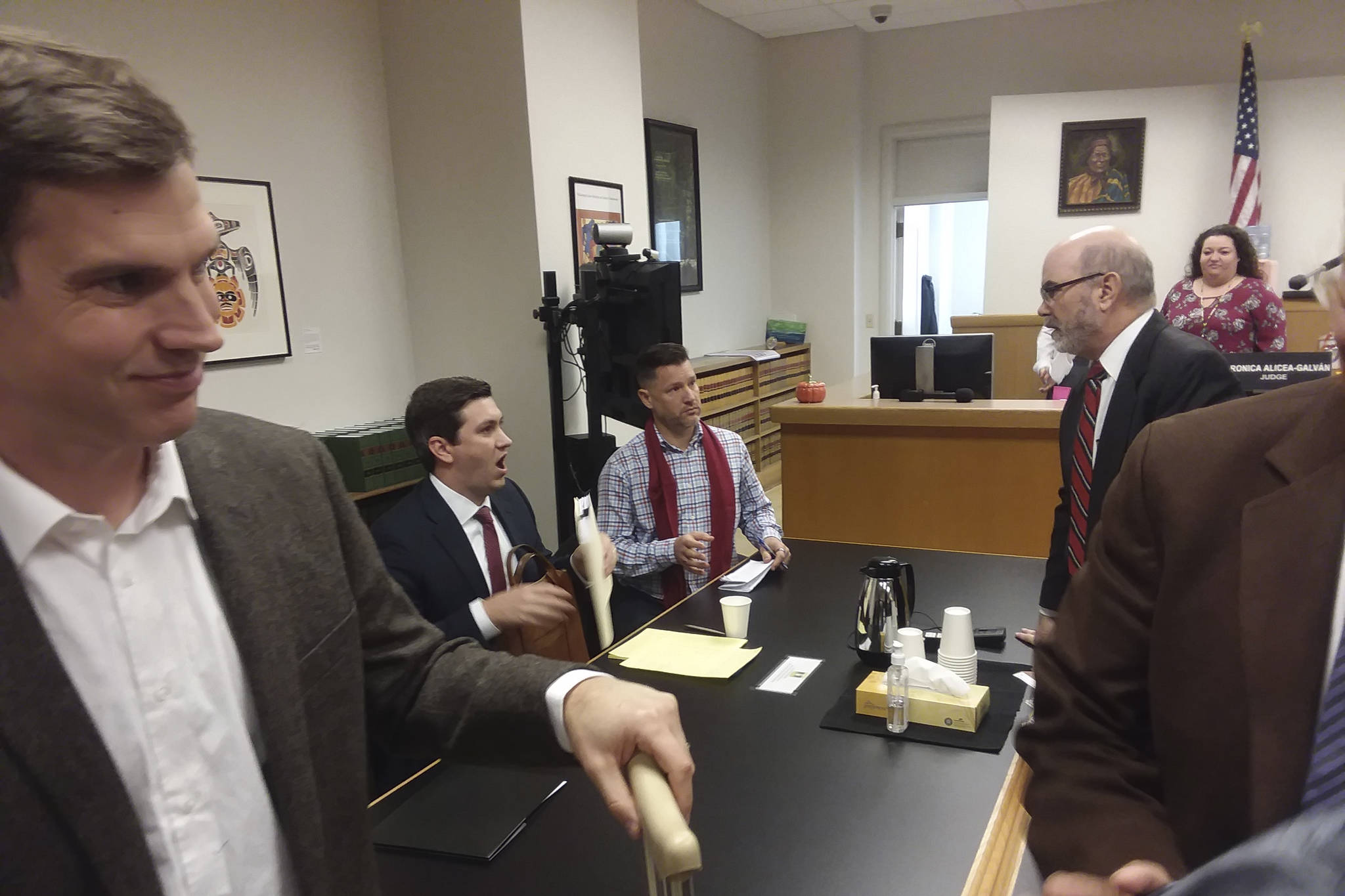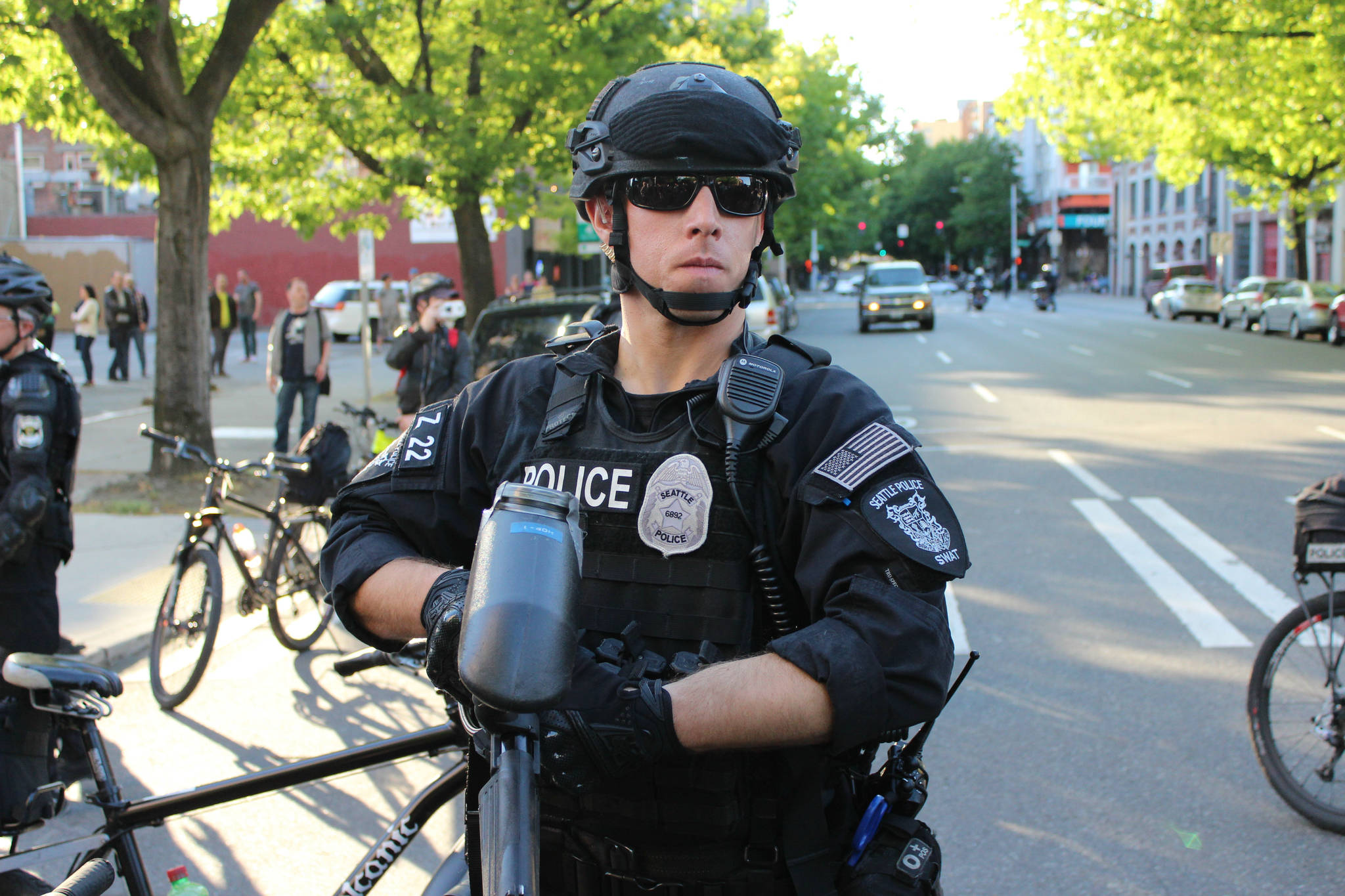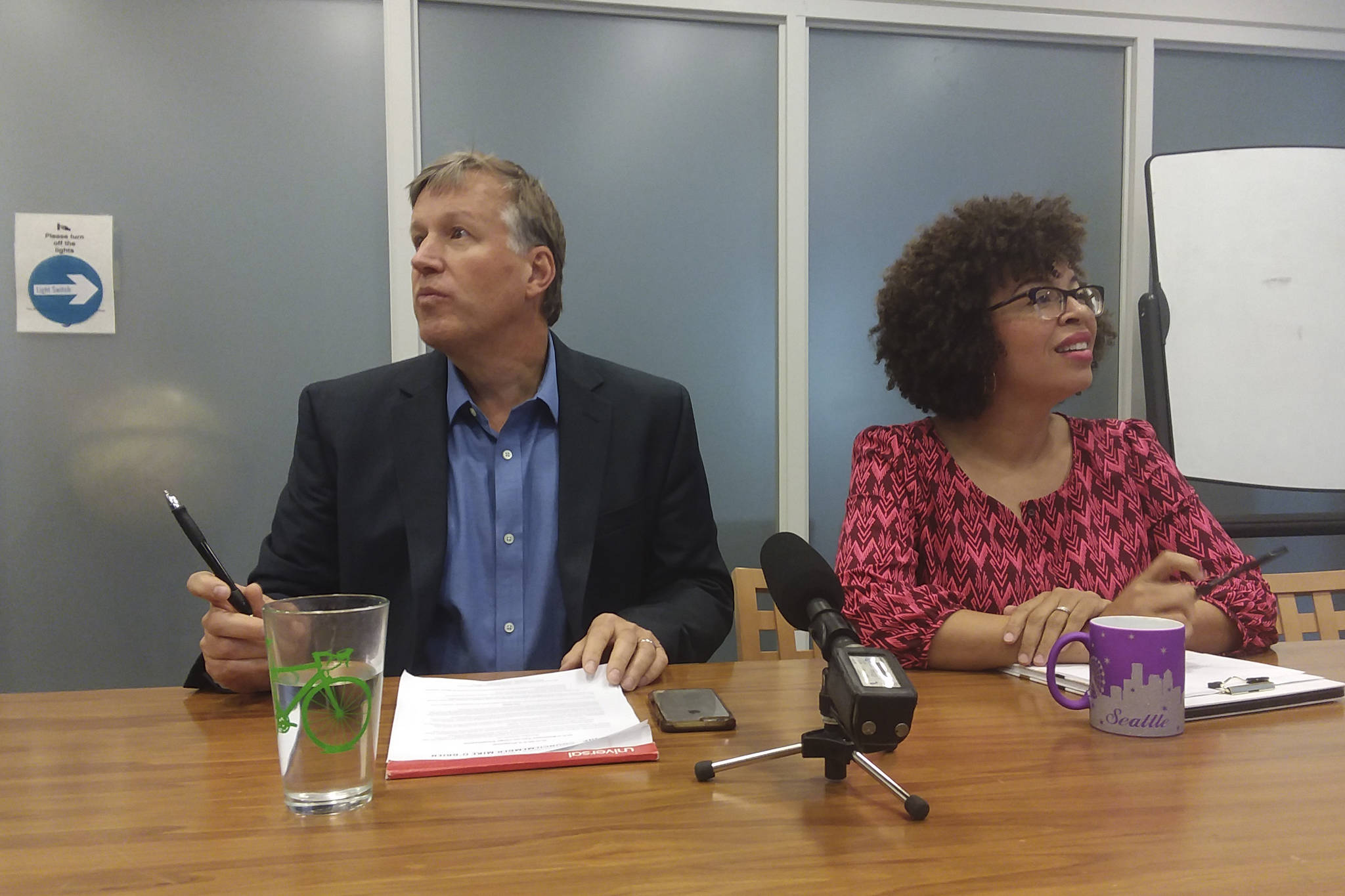Are you tired of seeing vacant lots go to waste? Of passing fallow garden beds on the edge of the sidewalk? In this city of concrete, trash, and residential sprawl, do you yearn to take direct action to create life and beauty where now there is only space and dust?
Well, you are in luck, because this is a field guide to launching your own green-thumb insurrection against wasted space. Guerrilla gardening, also called bewildering, is the act of turning dead urban space into unsanctioned garden space. Whether you want to make a political statement, increase food production, bolster our ecosystem, or beautify your neighborhood, guerrilla gardening is a creative way to reclaim space for the good of the entire community.
“But I don’t know how to garden,” you say. Fair enough. Here’s what you need to know: Plants grow from seeds that have been buried in dirt. They need soil, water, and sunlight, but not too much.
That’s it. You’ve finished the introductory course. You’re a gardener now. Here are five tools to get you started:
1. Seed bombs. Suppose a fence surrounds the vacant lot you want to spruce up. You could start by planting blackberries along the fence itself. But if you want pansies and sunflowers to grow for the benefit of passing pedestrians and bumblebees, and you don’t want to risk trespassing, consider a seed bomb. Form a ball of clay or some other plant-friendly malleable material into the size of a golfball or so, then roll it in whichever seeds you want to plant. Toss the seed bomb over the fence, and leave the rest to nature.
2. DIY birdfeeders. Between eroding habitat, reflective skyscrapers, and housecats, songbirds have a hard go of things in Seattle. Preying on insects that harm trees, they are part of a larger ecosystem that we weaken at our peril—but one you can strengthen, bit by bit, using cobbled-together bits of trash.
You’ll need an empty plastic soda pop or drink bottle no larger than 12 ounces, a single chopstick, some string, and some bird feed (sunflower seeds will do in a pinch). Two inches above the base of the bottle, cut an inch-long U-shaped incision and fold the inside of the U up so that it sticks out from the bottle at a right angle. Make an identical folded-up U on the opposite side of the bottle. One inch below each U, poke a tiny second hole that’s just big enough to push the chopstick through. The chopstick goes in one and out the other, and serves as a stand for birds while they’re feeding. Fill the bottom two inches of the bottle with bird seed. Tie the top of the bottle to a tree branch or somewhere else high up, dangling from a string long enough that squirrels won’t be able to get into it. To deter rainwater from filling the bottle, keep the top screwed on and poke some tiny holes in the bottom as a drain. You can also jerry-rig some kind of umbrella over the folded-up U windows, if you want.
3. Pop-up planters. “Planter” is just fancy gardener-speak for “box of dirt.” Consequently, pretty much any kind of box or container can be used as a planter. This opens the whole universe of Seattle’s concrete jungle to occupation by the green resistance. Trash cans, grocery bags, milk jugs, an old sink—just about anything non-toxic will do. To get started, fill your container with dirt, poke some drainage holes in the side or bottom, and bury your seed(s) inside. Google the correct planting depth for your particular seed species, as well as the recommended width between plants (if you’re planting more than one) and the minimum soil depth—in general, you’ll want at least a foot for anything bigger than a single flower.
Then decide where to put them. Consider sunlight and rain, traffic, nearby pollution, and whether you want the plants to eventually outgrow their containers. Since you’ve got a literal box, you can think outside the figurative box when choosing location. Stash your planters in unused nooks and crannies of building facades or rooftop spaces, or hang them from streetlamps. (Take care that they never fall on someone or create other hazards.)
4. Occupy dirt. The place to plant is where the opportunity presents itself. In addition to wasted space, Seattle has no small amount of unused soil. In an unused residential lot or a chunk of sidewalk where the pavement has crumbled, these cracks in the human-made facade present a literal opening for urban herbage. Use plants hardy enough to withstand the specific sun, rain, wind, and walking that will befall a particular spot. Beside a road, plant non-edibles like flowers along the street-facing side to insulate the edibles farther inside against automobile exhaust. If you want to de-pollute a space, maybe experiment with “bioremediators” like fungi that suck up and metabolize toxins.
5. Route rain. If your plants will need irrigation but you don’t want to tend them, you may be able to harness Seattle’s drizzle. One way is to plant near ground where rainwater already deposits, such as below the edge of a slanted roof. Alternatively, you can create makeshift gutters out of plastic bottles or otherwise reroute the flow of rainwater. One way to recycle water is to stack plants inside well-draining planters atop one another in a vertical column, so that water that soaks through one planter drains into the next below it. As always, consider what pollutants the rainwater may have picked up en route.
cjaywork@seattleweekly.com








